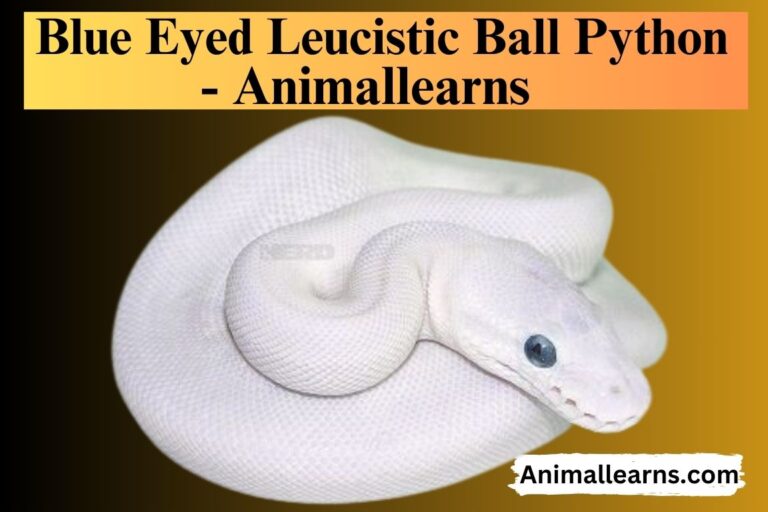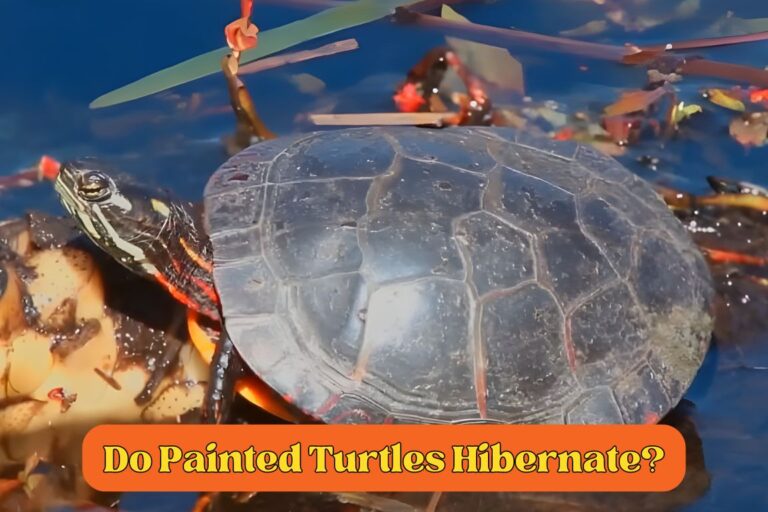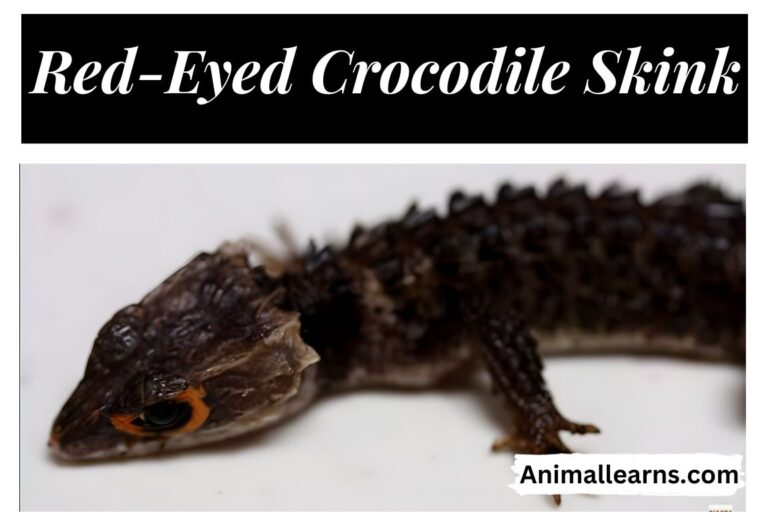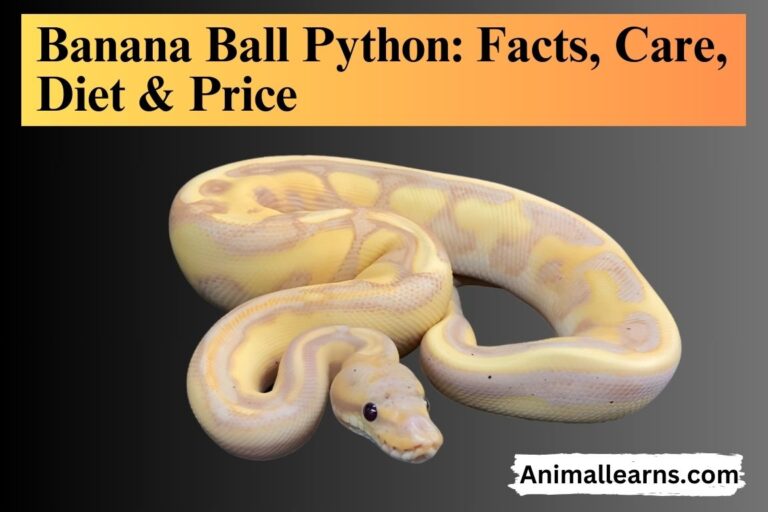Viper Boa Morphs: Facts, Breeding, Care – Animallearns

A little species of snake found in New Guinea’s jungles, swamps, and damp lowlands is called the viper boa. These snakes have triangular heads, blunt noses, and characteristic keeled scales that give them a Papuan death adder-like appearance.
There’s a negative perception that these snakes bite. They do not bite at all, though, if you socialize them. They gained this notoriety after being captured in the wild and bought for pets.
Viper Boa Overview
Contents
Boa vipers are wonderful pets. These are ground-dwelling, nocturnal snakes that like digging. A bioactive cage is more aesthetically pleasing, less upkeep, and better for the animal.
Viper boas require less food care than other snakes because of their sluggish metabolism. This compensates for the significant upkeep needed to maintain humidity levels.
The wild pet trade targeted viper boas, which resulted in a decline in their population in New Guinea.
Viper Boa Appearance

Adults of this little snake can grow to be two or three feet long. Male viper boas have rather long, pointed spurs on either side of the cloaca, whereas females of the species are substantially bigger. The viper boa is a sexually dimorphic species. Like the Amazon tree boa, it has a broad range of natural color and pattern variations.
This snake has saddle patterns that run the length of its body, are edged in black, and can range in color from reds and yellows to brown or nearly black. Its markings are very variable, appearing more like bars at times, and merging somewhat to resemble reticulated or net-like patterns. There are no saddle marks on its belly, which is often brown or cream in color.
Behavior
Snakes of the night are viper boas. This indicates that evening is when they are most active. As a result, they frequently burrow beneath their substrate, hiding places, or leaf litter during the day. They take this action to avoid the sun.
Similar to other boas, these snakes constrict their prey. They are skilled hunters, but because of their slower metabolism than other snakes, they don’t need to hunt as frequently.
These snakes prefer a moist atmosphere, and it’s common to observe them spending a lot of time soaking in their water bowls. They have been observed swimming in the marshes in the wild!
Habitat and Diet
Native to the Admiralty Islands, the Bismarck Archipelago, and New Guinea are viper boas. These snakes adore the water, and their native environment is warm and humid. They frequently swim in the wetlands that make up their natural habitat.
They live in densely vegetated plantations and woodlands as well. Several of these places have seasonal flooding, which is ideal for these nearly aquatic boas.
They mostly eat frogs, lizards, and common spiny bandicoots in the wild. Except for being marsupials and having a significantly longer snout than rats or mice, bandicoots resemble rats and mice in terms of appearance. When they are available, viper boas will also consume other small creatures like lizards and frogs.
Size and Lifespan

The tail makes up less than 10% of the length of an adult viper boa’s body, which can reach up to 2-3 feet in length. While females reach 24 inches, males only reach 16 inches.
The average viper boa’s lifespan is 10–20 years. Their lifetime in the wild is probably closer to 10 to 15 years, but in captivity, they can reach 20 years old.
Reproduction, Babies
These snakes need two to four years to attain sexual maturity. Females are typically mature enough to reproduce by the time they are 3–4 years old, having grown to the size necessary to maintain their young. They leave a scent trail that several males might follow to locate them during mating season. Unlike males of other boa species, this species’ males don’t seem to participate in ritual battles.
Viper boa females give birth to 12–20 live young, often known as neonates or snakelets, after a gestation period of around seven months. From the moment of their birth, the newborns are capable of taking care of themselves and frequently resemble their parents in miniature.
Viper Boa Care

Food and Water
Carnivores and viper boas consume a wide range of foods in the wild, such as fish, amphibians, small mammals, and reptiles. These snakes should be fed completely thawed rodents in captivity, with the odd treat of feeder fish and lizards.
While young viper boas require a pinky mouse once a week to promote their growth, adult viper boas have slower metabolisms and only require one rodent every two to three weeks.
As you add food to the enclosure, make sure that each bite is no larger than the snake’s widest point with soft-tipped tongs. Steer clear of live prey since it can harm viper boas, contains parasites, and is hard to care for. Since these snakes are nocturnal and hunt at night, provide food when it becomes dark.
Every day, replace the water, and if the snake poops within the bowl, properly clean it with a disinfectant made for reptiles.
Handling
As long as a captive-bred viper boa has been exposed to human contact from a young age, it can be handled. When handling the snake, lift it out of its enclosure using a hook and bear its entire weight.
Avoid handling viper boas that are shedding or have recently eaten, and always wash your hands before and after handling them. Handling wild-caught viper boas is not advised due to their lack of acclimatization to humans and their tendency toward aggression.
Limit handling sessions to fifteen minutes or less. Viper boas that are handled excessively may become agitated, alarmed, or even hostile. These snakes are not poisonous, but their sharp fangs cause discomfort when they bite. Use antiseptic wipes right away to clean bite wounds to avoid infection.
Viper boas are frightened by loud sounds and abrupt movements. These snakes should only be handled in calm, serene settings; never let them run about the floor alone.
Common Health Issues

Viper boas are frequently afflicted by oral rot, respiratory infections, skin conditions, and internal parasites. It’s unusual for snakes to exhibit overt symptoms of illness, so be cautious and have frequent health examinations.
- Mouth rot: An infection that produces soreness in the mouth. Usually brought on by tension or unfavorable enclosure circumstances. Depending on the underlying reason, treatment options include surgery, antibiotics, and good husbandry.
- RI, or respiratory infection: This is an infection that results in nasal discharge, wheezing, tiredness, and lack of appetite. Antibiotics and eye or nose sprays can be used to treat the majority of respiratory infections.
- Skin conditions: Conditions that prevent the snake from shedding and result in dry, flaky, spotty, and itchy skin. The most frequent reason is insufficient humidity. Use a hygrometer to measure the enclosure’s humidity, and if needed, provide antibiotics.
- Internal parasites: These parasites can cause internal swelling, weight loss, regurgitation, and lethargy. They can also spread through feces and live food. manageable with medicine for deworming
- Obesity: Overeating leading to excessive weight gain is called obesity. Because of their sluggish metabolisms, viper boas can gain weight fast. Adult viper boa snakes should only be fed once every two to three weeks.
Interesting Facts About Viper Boa

- Viper boas give birth to their young much like other boas do. In a single litter, these tiny snakes may give birth to up to 20 young.
- They never grow more than three feet in length.
- These boas are known for their negative attitudes and tendency to bite.
- They can occasionally be mistaken for the smooth-scaled death adder in their natural habitat.
- The remarkable color patterns of viper boas are well-known, and they can differ significantly across species and even between individuals of the same species. Intricate mixes of stripes, blotches, and speckles in tones of orange, brown, tan, and gray are frequently seen in these designs.
Breeding
It is possible to keep more than one Viper boa in the same enclosure, given sufficient space. For each boa, add 10 gallons to the cage and make sure the water bowl is big enough to accommodate two boas or more at once.
Bermination a brief period of chilling, is required to maximize breeding conditions. Gradually reduce the temperature by 10°F in October. The photocycle should be lowered to 14/10 light/dark. Feed them once a month just throughout this period. Raise the temperature gradually in January and return the photocycle to its regular state.
When keeping males and females together, bear in mind that there have been documented instances when no brumation time was given and the viper boas continued to breed.
Restart feeding them every 14 to 21 days around the end of January. At this point, the females may reject their prey. The moment the temperature is back to normal, the males and females will begin mating.
The females will become gravid in around 7 to 9 months. After retaining the eggs inside her body, the mother “gives birth” to living offspring. There might be ten to twenty people in the clutch.
Take the infants out of the main cage since the adults may turn them into food. Shoebox-sized containers work well for holding them until they begin to develop. After around three weeks, or after their first shed, give them a little pinkie to feed.
Conclusion
Candoia aspera, often known as the New Guinea ground boa or viper boa, is an excellent pet. They should never be captured in the wild for the illicit pet trade; they are now available for purchase as captive breeds.
When handled frequently and with care, these chunky boas have wonderful temperaments. They have amazing habits that you can observe in addition to being visually attractive.
FAQs
Are viper boas venomous?
No, viper boas are not venomous. They are constrictors, meaning they kill their prey by squeezing them.
Where do viper boas live?
Viper boas are found in New Guinea and surrounding islands. They prefer warm, humid habitats like forests and swamps.
How big are viper boas?
They are relatively small boas, typically growing 2-3 feet long.
Are viper boas good pets?
They are kept as pets by certain individuals, however they are not as prevalent as other boas. But because they are semi-aquatic, they might be more aggressive than other boas and need special attention.
Why are they called viper boas?
Their similarity to vipers, a kind of poisonous snake, is how they got their name. This resemblance is partly due to their triangular heads and keeled scales.












